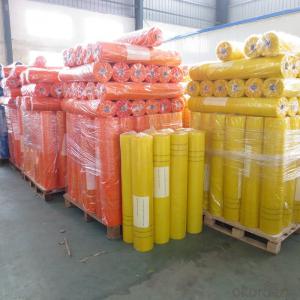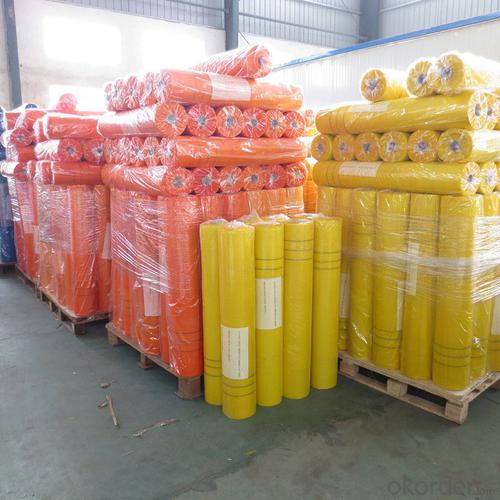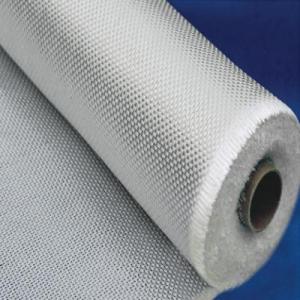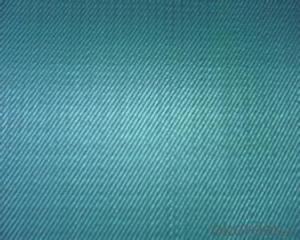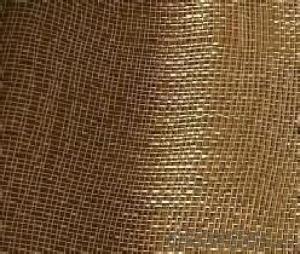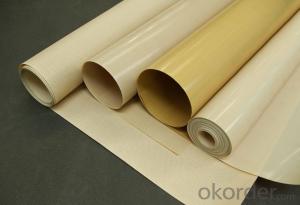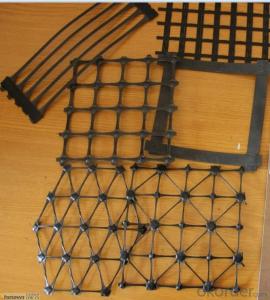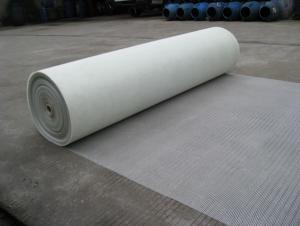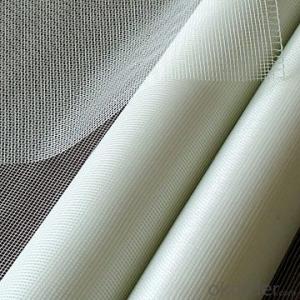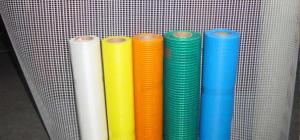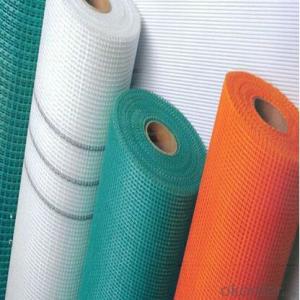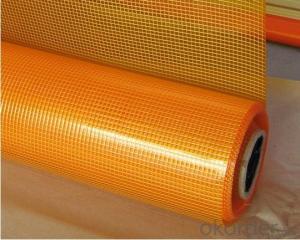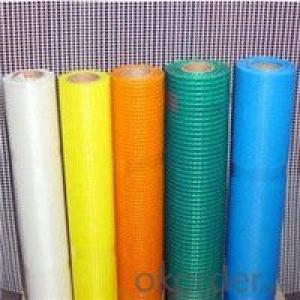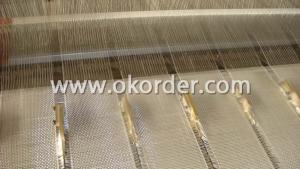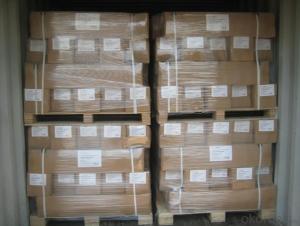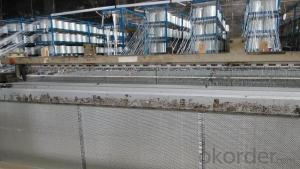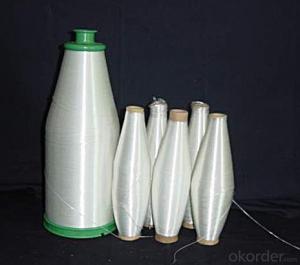Shoji Screen Fiberglass Fabric - Glass Fiber Mesh
- Loading Port:
- Qingdao
- Payment Terms:
- TT OR LC
- Min Order Qty:
- -
- Supply Capability:
- 1000000 m²/month
OKorder Service Pledge
OKorder Financial Service
You Might Also Like
Specifications
Alkali-resistant wall reinforced Fiberglass Mesh fiberglass manufacturer
Pass CE &ISO 9001
width can be 200cm
Firm mesh
The grid component
Fiberglass mesh is based on glass fiber woven fabric as substrate, the macromolecular
anti emulsion coating. It has good alkali resistance, flexibility and latitude to the high tensile
strength, with its good chemical stability, high strength, light weight, good dimensional
stability, strong impact resistance, pest control, fire protection, thermal insulation and
other features, welcomed by the user .
Use the grid cloth
Its widely used in: 1, wall reinforcing material; 2, reinforced cement products; 3, internal and
external wall insulation, 4, granite, marble, mosaic special mesh back paste network;
5, waterproof cloth, asphalt roofing; 6, reinforcing materials of plastics, rubber products;
7, fire board; 8, the grinding wheel base; 9, highway pavement with geogrid; 10, building
sealing tape etc.
- Q: Can fiberglass fabric be used for reinforcement in concrete pipes?
- Yes, fiberglass fabric can be used for reinforcement in concrete pipes. It provides high tensile strength, corrosion resistance, and durability, making it an effective alternative to traditional steel reinforcement in concrete pipes. Additionally, fiberglass fabric is lightweight and easy to handle, making it a preferred choice for reinforcing concrete pipes.
- Q: Can fiberglass fabric be used for insulation in silos?
- Yes, fiberglass fabric can be used for insulation in silos. Fiberglass fabric is known for its excellent thermal insulation properties, making it a suitable choice for insulating silos. It can effectively prevent heat transfer, keeping the temperature inside the silo stable and protecting the stored materials from extreme temperature fluctuations. Additionally, fiberglass fabric is resistant to moisture and chemicals, making it a durable and long-lasting insulation material for silos.
- Q: How is fiberglass fabric measured and sold?
- Typically, weight, thickness, and width are the factors used to measure and sell fiberglass fabric. The weight of the fabric is indicated in ounces per square yard (oz/yd²), which signifies the amount of fiberglass material in a given area. A higher weight indicates a denser and stronger fabric. The intended use determines the common weight range, which can vary from 4 oz/yd² to 20 oz/yd². Another important measurement is the fabric's thickness, also known as its thickness. It is usually expressed in mils (1 mil = 0.001 inch) or millimeters (mm). The thickness of fiberglass fabric can vary depending on its application. Thinner fabrics offer more flexibility and are easier to mold, while thicker fabrics provide greater strength and durability. When measuring and selling fiberglass fabric, the width of the fabric roll is also a consideration. It is typically measured in inches or centimeters and refers to the width of the fabric roll. Common widths for fiberglass fabric range from 38 inches (96.5 cm) to 60 inches (152.4 cm). The width is an important factor to determine the quantity of fabric required for a specific project. Fiberglass fabric is commonly sold in rolls or by the yard. The length of the rolls may vary depending on the manufacturer, but common lengths are 50 yards (45.7 meters) or 100 yards (91.4 meters). Additionally, retailers may offer fiberglass fabric by the yard, allowing customers to purchase the desired length for their specific needs. In conclusion, fiberglass fabric is sold based on weight, thickness, width, and length. By considering these factors, customers can select the most suitable fiberglass fabric for their intended applications.
- Q: Are fiberglass fabrics suitable for use in the mining industry?
- Yes, fiberglass fabrics are suitable for use in the mining industry. Fiberglass fabrics are known for their high strength and durability, making them ideal for use in demanding applications such as mining. They have excellent resistance to chemicals, abrasion, and high temperatures, which are common in mining operations. Fiberglass fabrics are also lightweight, making them easier to handle and install in mining equipment and structures. They have a low thermal conductivity, which helps to reduce heat transfer in mining environments, protecting workers and equipment from excessive heat. Furthermore, fiberglass fabrics have good electrical insulation properties, which is crucial in mining operations where there is a risk of electrical hazards. They are also non-combustible, providing an added level of safety in potentially hazardous mining environments. Additionally, fiberglass fabrics can be manufactured in various forms such as woven, non-woven, or as composite materials with other fibers or resins. This versatility allows for customization to meet specific mining industry requirements, such as flame resistance, chemical resistance, or increased strength. In summary, fiberglass fabrics are highly suitable for use in the mining industry due to their strength, durability, resistance to chemicals and high temperatures, lightweight nature, electrical insulation properties, and customization options. They provide a reliable and safe solution for various mining applications, ensuring the efficiency and safety of mining operations.
- Q: Is fiberglass cloth antistatic?
- Fiberglass cloth itself is not static, also known as glass fiber glass fiber cloth geotextile, with tensile strength is very strong, the surface static electricity accumulation, no fouling dead angle, easy to clean
- Q: Can fiberglass fabric be used for making wall coverings?
- Yes, fiberglass fabric can be used for making wall coverings. Fiberglass fabric is a versatile material that offers numerous benefits for wall coverings. It is highly durable and resistant to wear and tear, making it a long-lasting option for covering walls. Additionally, fiberglass fabric is fire-resistant, making it a safe choice for wall coverings. It can also be easily customized to fit any wall size or shape, providing a seamless and professional finish. Furthermore, fiberglass fabric is available in a wide range of colors, textures, and patterns, allowing for endless design possibilities. Overall, fiberglass fabric is a practical and stylish choice for wall coverings.
- Q: What are the characteristics of glass fiber acoustic panels?
- Because the biological function of rock wool is similar to that of asbestos, its harmful degree is much lower than that of asbestos, and its behavior in human body, transfer and removal are similar to asbestos, and its mechanism of carcinogenesis is similar. The production of fibrosis and carcinogenesis must be based on the accumulation of sufficient quantities of fiber in the tissues. Therefore, reducing contact is the basic countermeasure to prevent occupational hazards of asbestos substitutes. Sealed dust source: mainly producing machinery airtight.
- Q: How to deal with cracks in floor construction joints?
- The cracks that do not affect the safety of the structure shall be used in combination with the following methods:Chemical grouting: suitable for through cracks, the use of special pressure equipment, the chemical pulp into the hydraulic pressure, the general chemical grout for epoxy resin, polyurethane and so on.In the original position of the crack sealing slot slot, groove clean, sealing material for fill block, sealing material with epoxy grout, sealing compound, polymer mortar etc..
- Q: Can I put up wall tiles on the bathroom wall waterproof cloth?
- Water repellent. By mixing cement mortar waterproof agent in the kitchen or bathroom at the grassroots level to do it again, after the dry, use waterproof admixture cement ash in the first layer on the brush layer, which is mainly for the first time will be generated through the dry hole blocked after, there is the root of the pipeline should be carefully brush.
- Q: What is the cost range for fiberglass fabrics?
- The cost range for fiberglass fabrics can vary depending on various factors such as the quality, weight, and width of the fabric, as well as the supplier and any additional features or treatments applied to the fabric. On average, fiberglass fabrics can range from around $5 to $20 per yard. However, higher-end or specialty fiberglass fabrics with specific properties or finishes can be priced higher, with some reaching up to $50 or more per yard. It is important to note that these prices are approximate and may vary based on market conditions and individual suppliers. Additionally, bulk orders or wholesale purchases may offer discounts, so it is recommended to contact suppliers directly for accurate pricing information.
Send your message to us
Shoji Screen Fiberglass Fabric - Glass Fiber Mesh
- Loading Port:
- Qingdao
- Payment Terms:
- TT OR LC
- Min Order Qty:
- -
- Supply Capability:
- 1000000 m²/month
OKorder Service Pledge
OKorder Financial Service
Similar products
Hot products
Hot Searches
Related keywords
